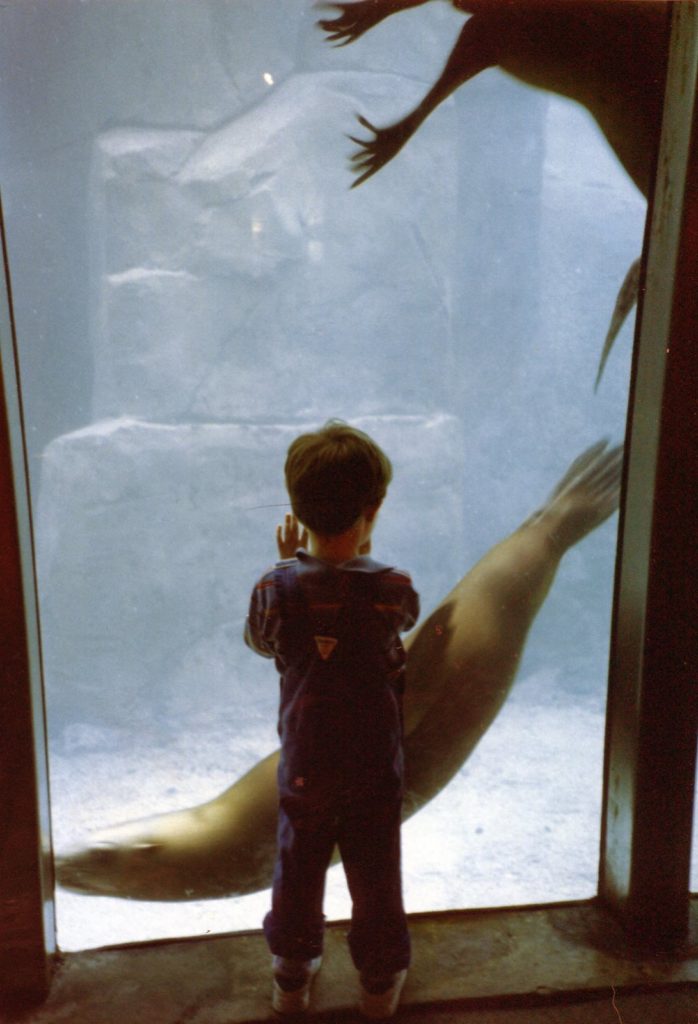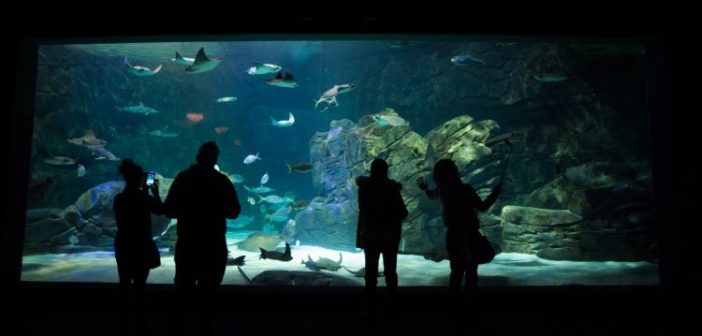Aquariums in the United Kingdom have received £350,000 in funding (around 430,000 United States dollars) to breed fish, claiming it as an attempt to “make aquariums more self-sufficient.” The seven aquariums, including the SEA LIFE chain, are in partnership with Bangor University focusing on tropical reef species that currently don’t breed in captivity. This move is seemingly in response to the growing unease around one of the aquarium industry’s hidden horrors – that they take animals from the wild to be put on display for entertainment.
Among the 20 species that will be involved in the project include butterfly fish, rabbitfish, angelfish and tangs, all of which are popular in aquariums and all of which are currently abducted from the wild.

In order to have these animals on display the vast majority of aquariums pay companies to take them from their natural homes. In their defense, aquariums often claim they only keep animals caught ‘sustainably,’ which begs the question: if the wild caught animals they currently ship in are not impacting on the environment, why are they bothering to breed these fish?
Maybe because they know wild-capture is in fact bad for ecosystems, the animals themselves and the reputation of the industry in a world which is increasingly concerned for animal welfare.
Fish dying for aquariums

Animals who are captured for the aquarium industry endure stressful situations and as a result many die during capture, transportation and even following importation. The vast majority, an estimated 79%, of fish and other animals seen in UK aquariums are taken from their homes in the wild only to be displayed in unworthy conditions, where small and cramped tanks often result in the animals showing signs of stress and other abnormal behaviors.
If the project succeeds, there are plans for the hatchery to begin “supplying aquariums and hobbyists across the [European] continent.” The animals are discussed as though there are not living beings with habits, social bonds and communicative skills, but are treated as mere ‘stock’ to be shipped like supplies across Europe and be put on display.
Wherever they come from, animals in aquariums have been shown to live in barren enclosures, suffer from poor mental and physical health and to die prematurely. Is their pain worth the entertainment offered to the public?
Please do not visit or support aquariums.
Find out more about the cruel aquarium industry here.
Featured image: Ripley’s aquarium in Toronto. Image credit Jo-Anne McArthur / We Animals.





